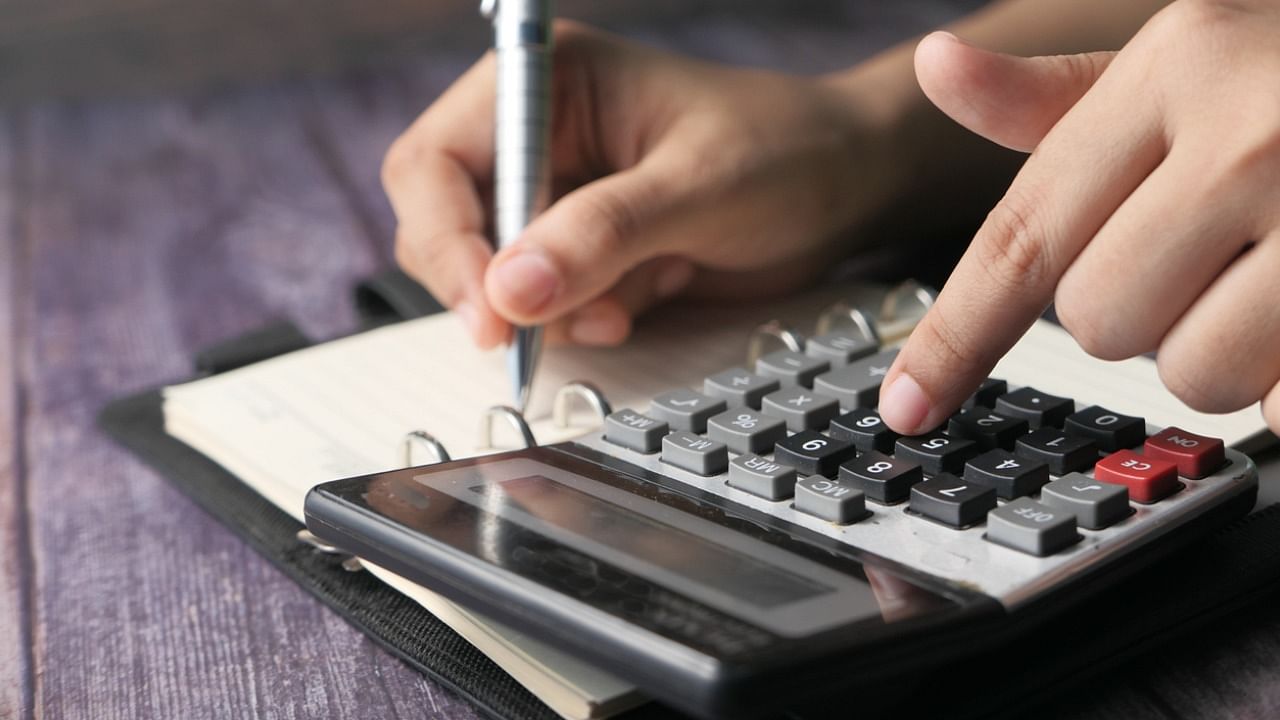
Indians spent an estimated Rs 2,92,385 million of their personal finances for Covid-19 testing, home isolation costs and hospitalisation in the second wave between April and June, a study has found.
In contrast, the Indian government spent an estimated Rs 2,10,977 million in support of Covid-19 patients, either through its healthcare quota for patients or the PMJAY fund.
The findings were made by the Public Health Foundation of India (PHFI) and the North Carolina-based Duke Global Health Institute.
Dr Sakthivel Selvaraj, Director, Health Economics, Financing and Policy, at the PHFI explained that the research considered the government’s capped rates for testing and hospitalisation. However, he conceded that actual expenditures could have been even higher due to flouting of caps. The study, which is in the pre-print stage, does not consider additional direct costs such as for transportation and funerals.
The researchers established an 18-state average cost of Rs 2,229 for testing at private labs, and an average cost of Rs 829 for home isolation. Rs 67,470 was established for a 10-day stint of medical care at a private hospital plus Rs 1,28,110 for admission to an intensive care unit (ICU). By factoring in household incomes based on Periodic Labor Force Surveys, they found that salaried employees expended the equivalent of 124 days of wages to pay for hospitalisation while self-employed and casual workers spent 170 days and 257 days respectively.
Also read: 1.19 lakh Indian children lost caregivers to Covid during first 14 months of pandemic: Report
“For ICU hospitalisation, casual workers, regular employees, and self-employed workers would require 481 days, 318 days and 232 days of work respectively,” the study added.
Speaking as an independent expert, Ameen e Mudassar of the Emergency Response Team (ERT), a volunteer group which has helped indignant Indians to pay off hospital bills, said that one reason for high personal expenditure is that many people could not get government-quota hospital beds in April and May when the surge was at its peak.
“This forced tens of thousands of people into private hospitals outside of the bed-booking system, placing them at the mercy of exorbitant hospital rates,” he said.
PMJAY less than effective
PMJAY, which should have medically covered the poor, has been less than effective.
“It has covered barely 0.45% of all Covid-19 tests and about 14.25% of all hospitalisation. But we do not have any break-up of what type of hospitalisation was covered by PMJAY,” Dr Selvaraj told DH. “I speculate that it is largely hospital isolation and non-ICU hospitalisation, while ICU-supported hospitalisation may have been provided but to a limited extent. The caveat is that it is equally possible that a lot more people got treatment free in public hospitalis.”
PMJAY shortfalls were independently corroborated by Project Jeevan Raksha, a think-tank analyzing Covid-19 data nationwide. Sanjeev Mysore, Convenor of the Project, said that: “Not one person has benefited from the PM-JAY scheme in Punjab and Gujarat. In Assam, Bihar, and Uttar Pradesh only 1,513 out of 10 cr hospitalised patients have benefitted.”
As per the Project, 80% of PMJAY beneficiaries nationwide have been in three states: Andhra Pradesh (55% of hospitalized cases benefitted), Karnataka (38%) and Maharashtra (17%).